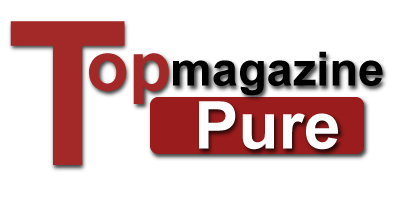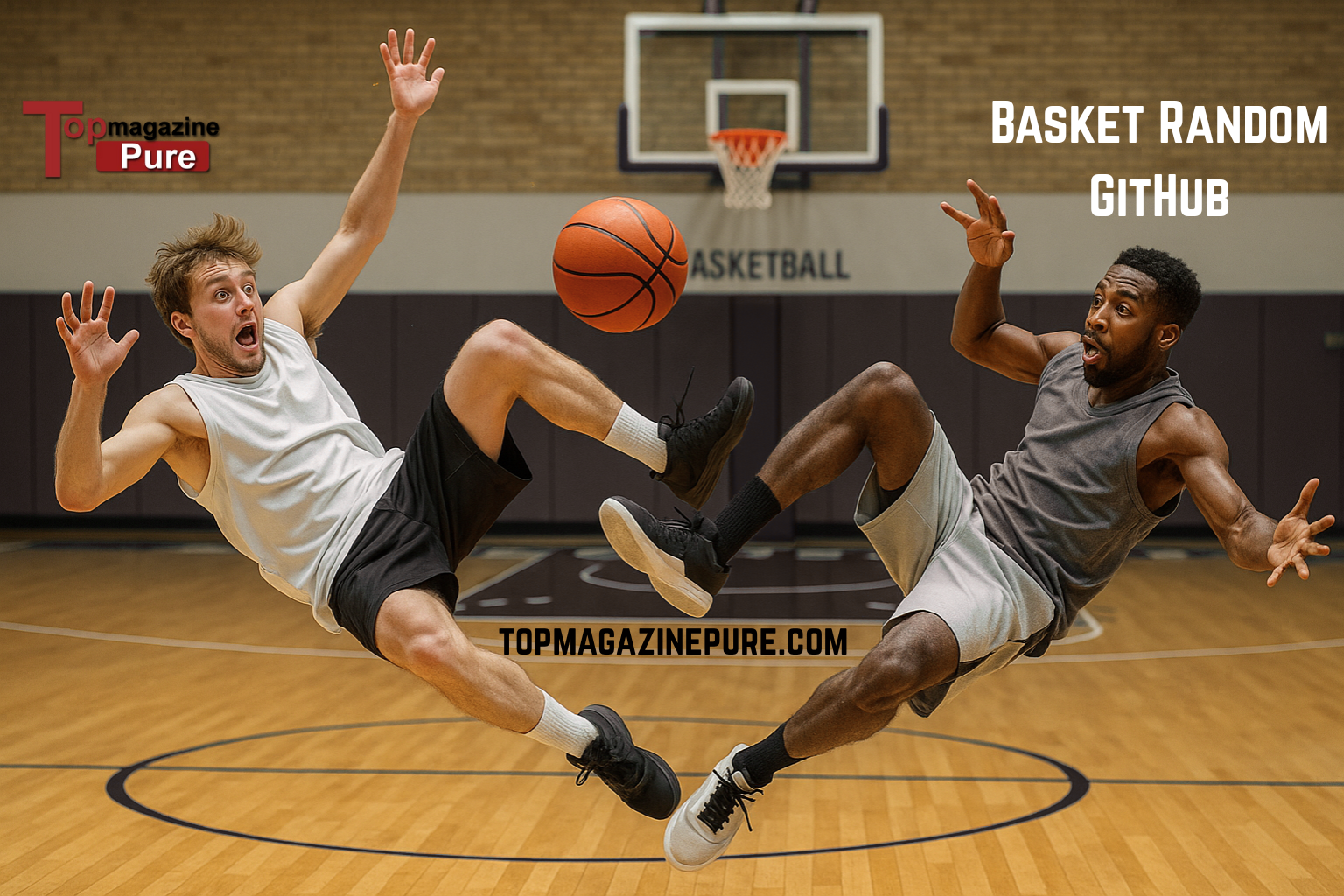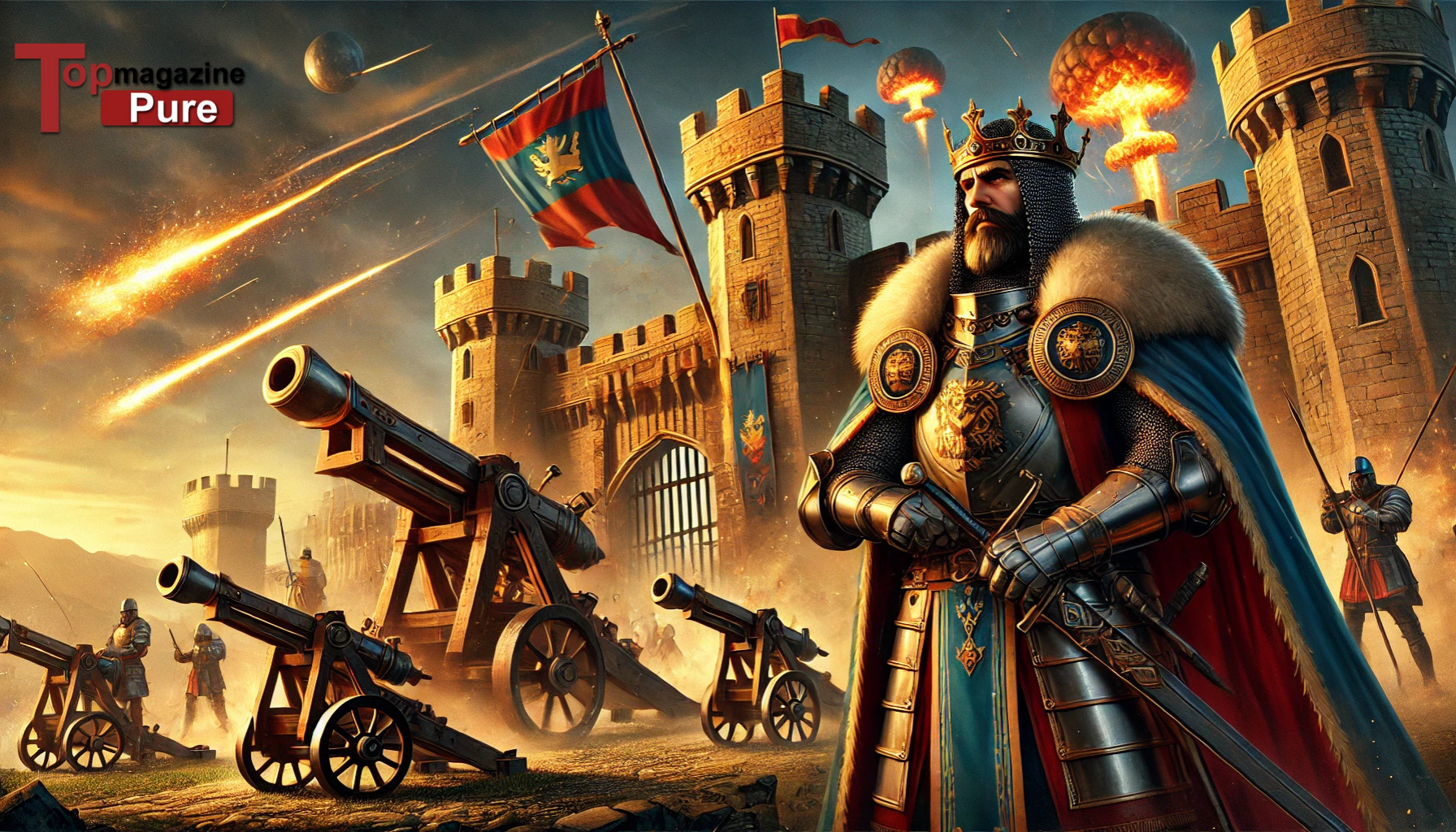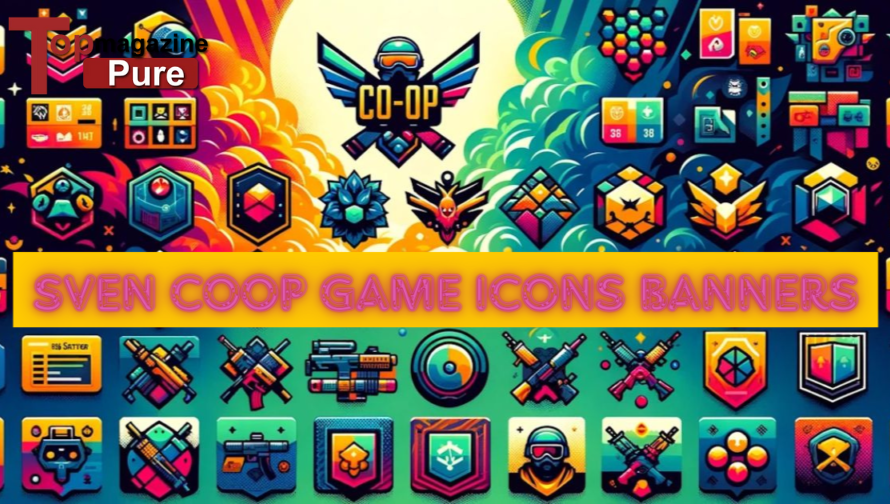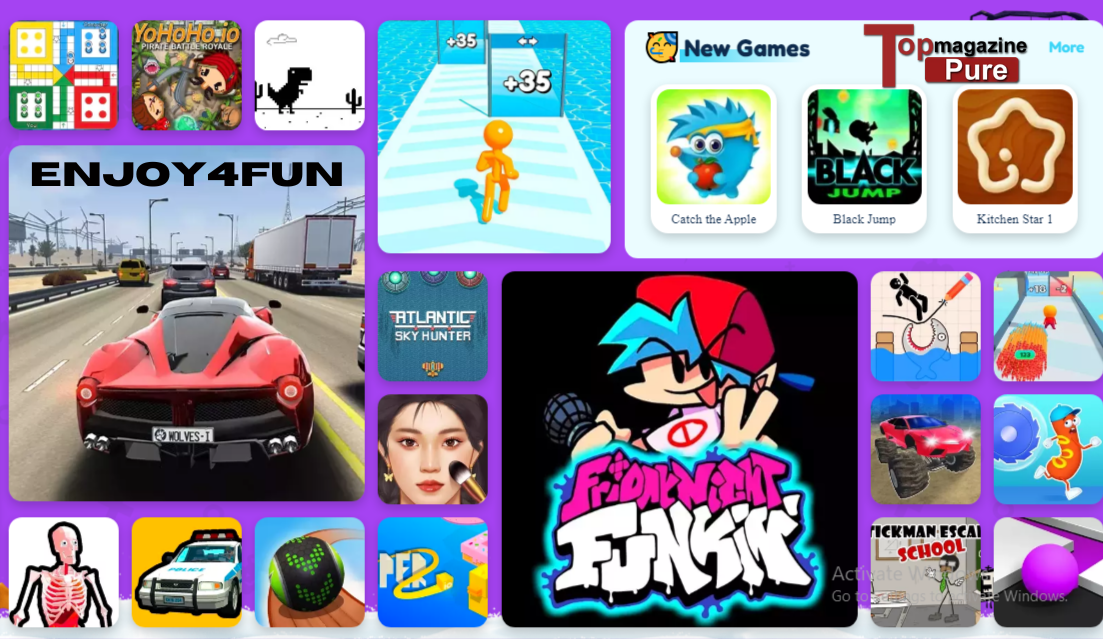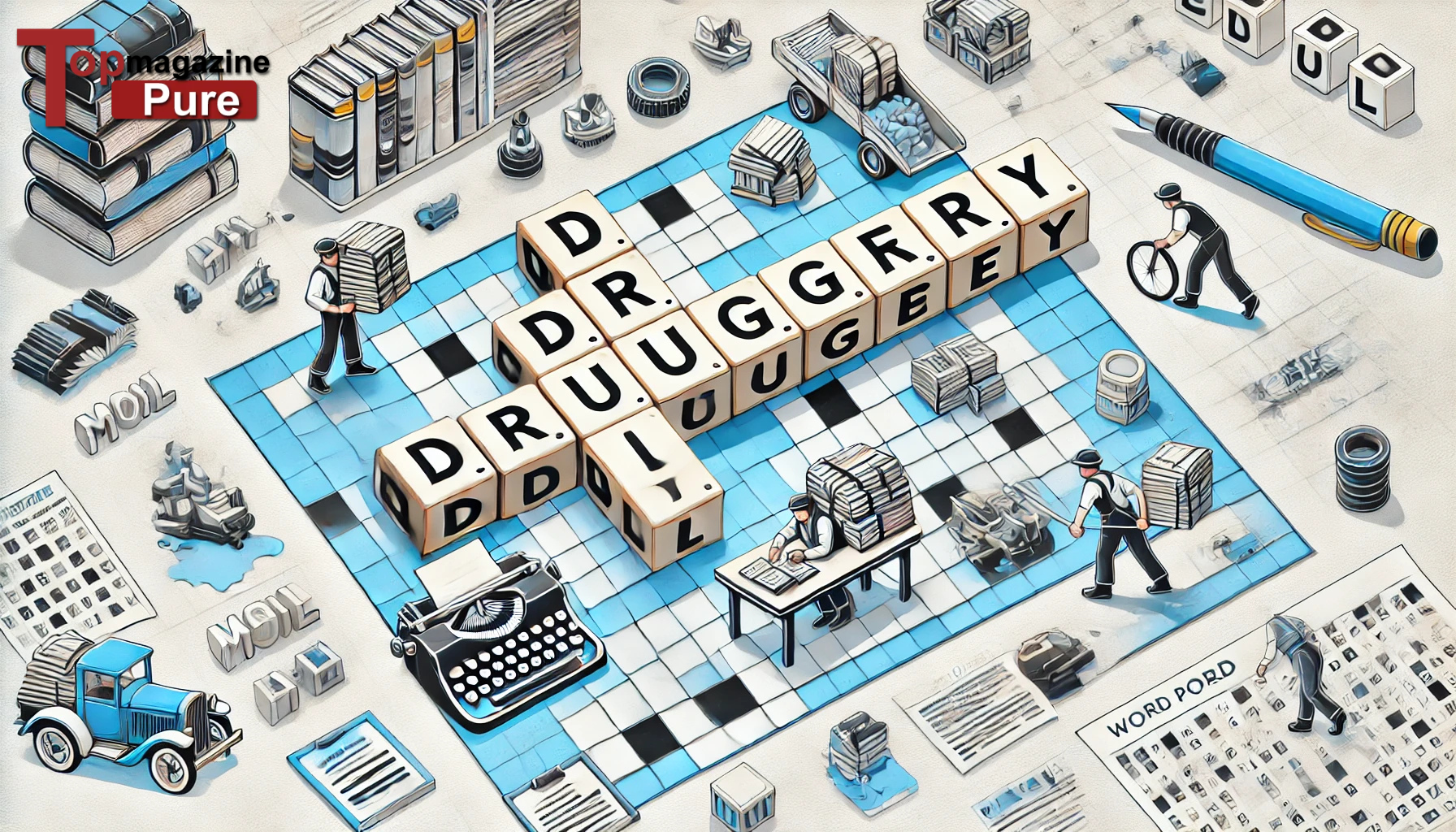Since its release in 2009, Minecraft has become one of the most popular and iconic video games worldwide. One of the defining features contributing to its unique charm is the game’s visual simplicity, including its use of game icons and banners. These elements, introduced as part of Minecraft (2009) game icons banners feature, offer players a creative outlet to personalize their in-game environments and add visual flair to their builds.
The Introduction of Minecraft (2009) Game Icons Banners
Minecraft (2009) game icons banners were first introduced to allow players to create and customize banners in the game, which can be used as decorative elements or for signalling purposes. These banners are tall, flag-like objects that players can craft using wool and sticks and can be customized with various designs and patterns.
Game icons, representing items, tools, and features in the Minecraft interface, were part of the game’s early release and continue to evolve alongside updates. These icons help players navigate the inventory system and identify different resources or blocks. As Minecraft grew, introducing more elaborate banners and icon designs allowed players to personalize their experiences even more.
Crafting and Customizing Minecraft (2009) Game Icons Banners
One of the core appeals of Minecraft is the game’s freedom for creativity, and the ability to craft Minecraft (2009) game icons banners is an excellent example of this. Players can craft banners by combining wool and sticks in the crafting table, with the ability to choose from 16 different yarn colours. Once a banner is crafted, players can apply dyes in various patterns to create unique designs.
Some common patterns include stripes, borders, and shapes like diamonds or crosses. More complex designs can be created by layering patterns or using the game’s loom block, which was added in later updates to make banner creation easier and more intuitive. These banners can then be placed on walls, shields, or even in front of buildings to serve as flags or decorations.
In contrast, game icons are small graphical symbols that represent blocks, items, and entities within Minecraft. These icons are typically seen in the inventory screen and the user interface. While players cannot directly craft game icons, they can alter them using texture packs, which modify the game’s graphics, including item icons, to match different themes or styles.
The Importance of Banners in Multiplayer Gameplay
Minecraft (2009) game icons banners have a much larger impact in multiplayer modes. They are commonly used to represent teams, factions, or even entire communities. For example, in faction-based servers, players often create custom banners to mark their territory or symbolize their group’s identity.
These banners are often displayed at the entrances of bases or settlements, giving players a sense of ownership and pride over their creations. They also serve a functional purpose in PvP (Player vs. Player) combat modes, where quickly identifying teammates and opposing factions is essential.
Moreover, Minecraft (2009) game icons banners play a significant role in server-wide events or competitions, where players can showcase their banners as part of their achievements. Whether they’re representing a winning team or adding personal flair to a public server, banners help build community and camaraderie among players.
Game Icons and Texture Packs
Minecraft (2009) game icons banners are not limited to just banners. Game icons, which represent different blocks, items, and features within the game, can also be customized to suit a player’s preferences. Using texture packs (also known as resource packs), players can alter the appearance of their game icons, giving Minecraft a fresh look without changing its core gameplay mechanics.
For example, players might use texture packs to give their game icons a more medieval look, turning swords and armour into enchanted relics. Others may opt for futuristic or cartoon-style packs to give their inventory a different feel. The flexibility of these packs has helped keep Minecraft visually interesting over the years, even as its core art style remains rooted in its simple, blocky origins.
The Evolution of Minecraft (2009) Game Icons Banners
As Minecraft continues to evolve with regular updates and expansions, so do its game icons and banners. Over the years, Mojang, the game’s developer, has introduced new patterns, colours, and tools for creating banners, keeping the feature relevant and exciting for players.
In some of the game’s major updates, new banner patterns have been introduced, including unique designs referencing other game features like creepers or Mojang’s logo. Additionally, the community continues to create custom mods and add-ons that allow for even more banner patterns and icons, pushing the boundaries of creativity.
One of the most notable updates came with the addition of the loom, which made banner customization easier by allowing players to see a preview of their design before finalizing it. This user-friendly tool enhanced the banner-creation process and opened up new opportunities for intricate designs.
Similarly, game icons have been refined over the years to match new blocks, items, and mechanics introduced in updates. As Minecraft continues to add content, its inventory of icons grows, ensuring that each new item or feature is properly represented.
The Role of Minecraft (2009) Game Icons Banners in Adventure Maps and Mini-Games
In addition to their use in survival and multiplayer modes, Minecraft (2009) game icon banners are heavily featured in adventure maps and mini-games created by the community. These custom maps often use banners as part of puzzles, decorations, or storytelling elements.
For example, players might encounter a dungeon in an adventure map where banners mark different levels or provide clues. Similarly, in mini-games like Capture the Flag, banners are integral to gameplay, serving as objectives for players to capture and defend.
Game icons also play an essential role in these custom maps, as they are used to guide players, represent new tools or weapons, and enhance the overall visual aesthetic of the game. Custom icons and banners help make adventure maps more immersive and tailored to specific themes or stories.
Conclusion
The role of Minecraft (2009) game icons banners goes far beyond simple decoration. They are an essential part of the game’s creative and social fabric, offering players a means of self-expression, collaboration, and identity. Whether crafting banners to decorate a base, using them in multiplayer to represent teams or modifying game icons with texture packs, players have embraced these elements to personalize and enhance their Minecraft experience.
As Minecraft continues to evolve, so will its game icons and banners, ensuring that players always have new ways to express their creativity in the ever-expanding blocky universe. For casual players and seasoned Minecraft veterans, these customizable elements are a key part of what makes Minecraft such an enduring and beloved game.
